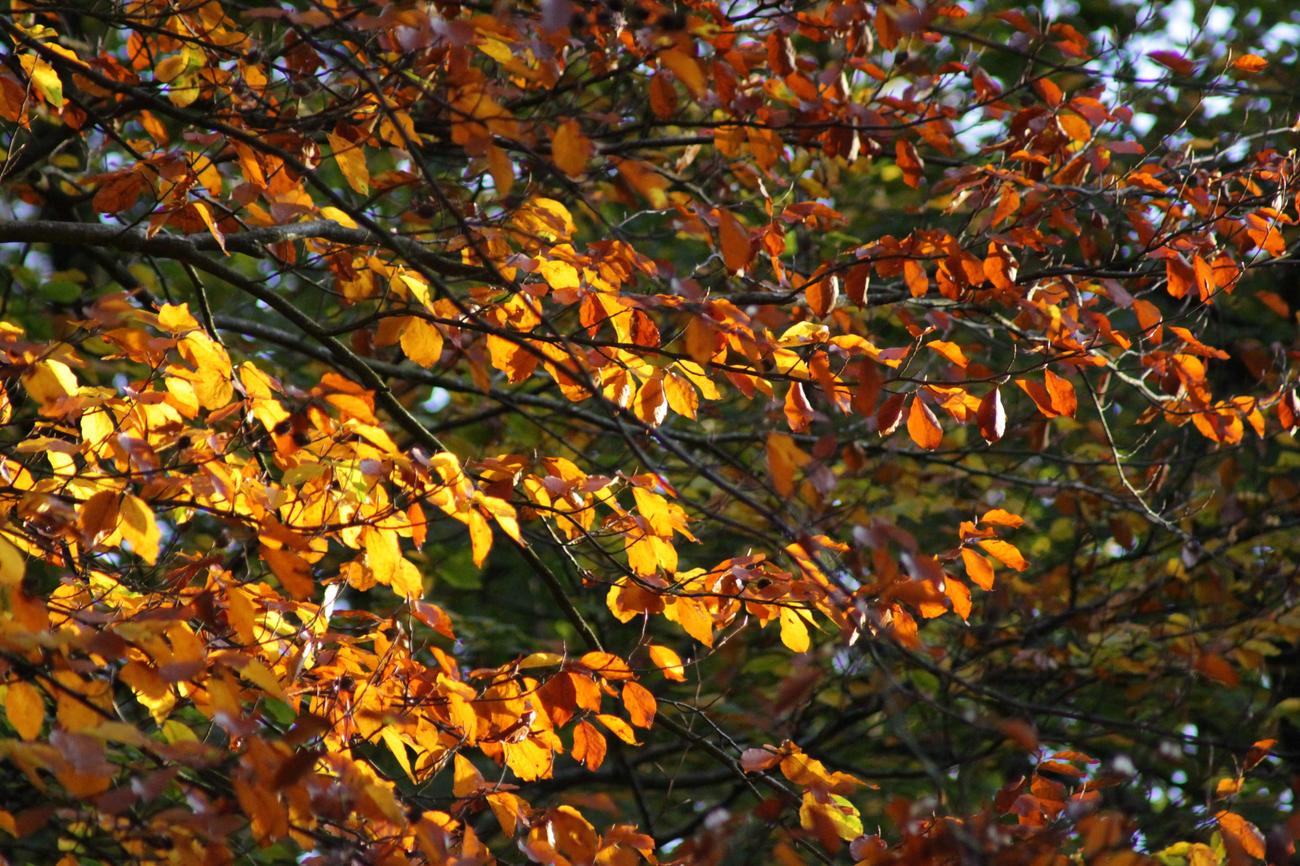Unraveling the Folklore: Exploring if Maple Trees Truly Bring Good Luck

From the whispering woods to the hidden depths of ancient tales, folklore has long been intertwined with our collective consciousness. In this intriguing exploration of the natural world, we delve into the captivating question: are maple trees good luck? As we embark on this journey through time and culture, we find ourselves immersed in a mesmerizing tapestry of beliefs and traditions. Guided by our insatiable curiosity and a passion for unraveling the mysteries of the natural world, we embark on a quest to uncover the secrets and symbolism behind the revered maple tree. We invite you to join us on this enchanting adventure as we navigate the shifting landscapes of human beliefs and the delicate balance between nature and the supernatural. Step into a realm where ancient wisdom converges with modern interpretations and where the very essence of luck is rooted in the branches of magnificent maple trees.
## Are maple trees good luck?
Maple trees have long been intertwined with human beliefs and folklore, captivating us with their beauty and inspiring us with their symbolism. But do these majestic trees truly bring good luck? Let's delve into the rich tapestry of cultural beliefs and explore the fascinating connection between maple trees and fortune.
In Japanese culture, the maple tree holds a position of great reverence. It is considered one of the symbols of the Emperor, representing strength, protection, and good luck. Like a sturdy maple tree standing tall in the face of adversity, the belief in its auspicious nature has endured through the ages.
In the realm of Feng Shui, the ancient Chinese practice of harmonizing one’s environment, maple trees are highly regarded for their ability to attract good luck and financial success. Their vibrant leaves and sturdy trunks are said to promote a sense of balance and stability, creating an environment conducive to prosperity. As the winds of fortune blow, the maple tree stands firm, providing a steady foundation for abundance.
Beyond their cultural significance, maple trees symbolize an array of positive attributes. They embody balance, offering a harmonious blend of strength and grace. Just as a maple tree gives shelter and shade, it reminds us of the practical magic of generosity and the promise of longevity. These trees inspire us to seek intelligence and growth, inviting us to embrace new beginnings and renew our spirits. With their colorful foliage dancing in the breeze, they serve as a gentle reminder of the peaceful harmony found in nature’s embrace.
But is there a scientific basis to support the belief in maple trees bringing good luck? While science may not offer a concrete answer, there are practical benefits to having these majestic trees in our surroundings. Maple trees can create beautiful focal points in gardens, parks, and streets, elevating the aesthetic appeal of their surroundings. Their ability to provide abundant shade offers respite from the scorching sun, making them cherished additions to any landscape. In fact, research suggests that the presence of mature trees, such as maple trees, can even increase property value. So, while the concept of luck may be subjective, the practical benefits of maple trees are undeniably valuable.
In unraveling the folklore surrounding maple trees and their association with good luck, we come to understand that their significance goes beyond superstition. It is a testament to the deep-rooted connection between humans and nature, where symbols and beliefs intertwine to shape our perception of the world. Whether you find solace in the profound meanings attached to these trees or simply revel in their beauty, the maple tree remains a timeless symbol that continues to inspire and uplift.
As we conclude this exploration of the intriguing question “Are maple trees good luck?”, let us reflect on the wisdom held within their branches. Just as the maple tree weathers the changing seasons, it reminds us of our own ability to adapt and find balance amidst life’s challenges. So, whether you seek luck or simply a connection to nature’s wonders, let the maple tree be a guiding presence, teaching us the value of harmony, renewal, and embracing the promise of new beginnings.
“Nature’s magic lies not in spells or illusions, but in the simple majesty of a maple tree, whispering promises of balance, prosperity, and unending wonder.”
Maple trees are truly fascinating and mysterious. Did you know that there are over 100 species of maple trees around the world? They come in a variety of shapes and sizes, from the towering sugar maple to the delicate Japanese maple. But what makes them even more intriguing are the fun facts about maple trees that you probably didn’t know! If you’re curious to learn more about these incredible trees, check out our article on fun facts about maple trees. You won’t be disappointed!
To read more about fun facts about maple trees, click here.
To successfully grow Japanese maple trees in pots for long-term periods, it is important to take proper care of the trees and choose the right soil. Japanese maples are suitable for pot cultivation, especially the dwarf varieties, if they are pruned and well taken care of. Here are some basic tips based on research and personal experience to help you maintain healthy potted Japanese maple trees.
[youtube v=”PMibOLQG-V0″]
When it comes to the soil for your Japanese maple tree, it’s essential to use a slightly acidic soil with a pH of 5.5 to 6.5. While some growers may adjust the pH of their potting soil, using a quality potting soil with a pH within the desired range is usually sufficient. One recommended brand is G and B Organics potting soil, which has a pH between 5.08 and 7.5, making it suitable for Japanese maples. If this brand is not available, look for a potting soil with a similar pH range. Keep in mind that soil pH may change over time, so starting with the right pH is crucial.
Drainage is another essential factor for the soil. Ensure that the soil you choose is highly drainable, allowing water to pass through quickly. This will prevent water from pooling on the top and avoid waterlogging, which can lead to root rot. Check that the drainage holes in the pot are not blocked. If necessary, unclog the holes to ensure proper drainage.
When potting up Japanese maples, it’s recommended to start with smaller pots and gradually increase the pot size as the tree grows. For young trees, consider potting them up annually to a larger size as long as the roots have filled out the current pot. The frequency of potting up can be adjusted based on space constraints. Eventually, you will reach a pot size that suits your needs, keeping in mind that you’ll need to manage root growth to prevent root binding. Ensure that your drainage holes remain clear and check for root binding periodically. If necessary, trim the roots and add fresh soil to the pot.
Watering is an important aspect of caring for potted Japanese maple trees. During the summer months, it’s crucial not to let the soil completely dry out. Water the trees every couple of days, making sure to give them a good soak. Avoid just providing a little water on the top; instead, ensure that the water penetrates through the soil and drains out. A good indicator is if the water is quickly absorbed by the soil and doesn’t stay on the surface. Adjust the watering frequency based on the weather conditions and the tree’s water requirements.
By choosing the right soil, potting up appropriately, and providing proper watering, you can ensure the long-term success of your potted Japanese maple trees. Remember to monitor the soil moisture, keep the pots well-drained, and adjust your care routine based on the tree’s needs. With proper attention and care, these beautiful trees can thrive in pots indefinitely.

FAQ
Question 1
Are maple trees considered lucky in folklore and cultural beliefs?
Answer 1
Yes, maple trees are believed to bring good luck and fortune in many cultures. They are highly regarded in Feng Shui for their ability to bring financial success, and in Japan, the maple tree is one of the symbols of the Emperor, representing strength and protection.
Question 2
What do maple trees symbolize?
Answer 2
Maple trees symbolize a variety of qualities, including balance, offering, practical magic, promise, longevity, generosity, and intelligence. They are often seen as symbols of peace, harmony, renewal, and new beginnings.
Question 3
Why have maple trees been admired for centuries?
Answer 3
Maple trees have long been admired for their beauty and have been used to symbolize different things in different cultures. Their captivating appearance and ability to create beautiful focal points make them highly valued. Additionally, their presence can provide shade and even increase property value.
Question 4
What is the historical significance of maple trees?
Answer 4
The belief that maple trees bring good luck and fortune has been around for centuries. They have been associated with balance and harmony, and their significance in cultural traditions and folklore is deeply rooted. Through the ages, maple trees have captured the imagination and sparked awe in people worldwide.
Question 5
How do maple trees contribute to the connection between nature and human beliefs?
Answer 5
Maple trees exemplify the fascinating connection between nature and human beliefs. Their symbolism and cultural significance highlight the profound relationship between humans and the natural world. By understanding the beliefs surrounding maple trees, we can explore the intricate ways in which nature shapes our perceptions and enriches our lives.
- Unlocking 2-Letter Words with U: The Definitive Guide - April 4, 2025
- Unlock Words with the Letters THREE: Top Unscramble Tools 2025 - April 4, 2025
- Master Scrabble: X & Z Words for High Scores - April 4, 2025
















